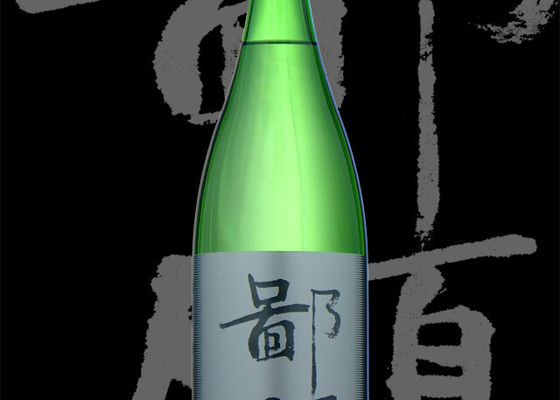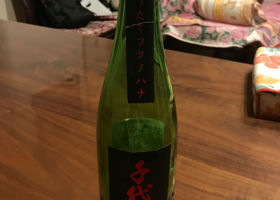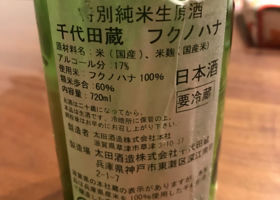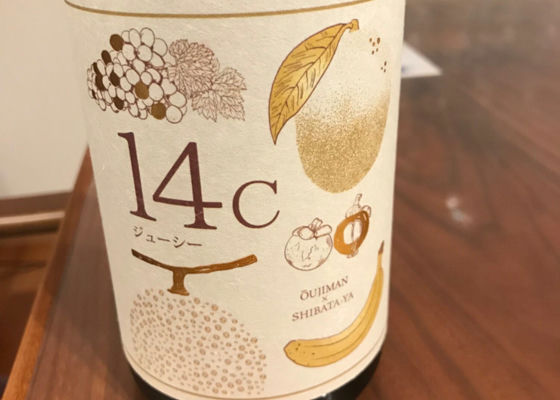
ホリえもん
We drank at Aun, a kappo restaurant in Fuchu.
I forgot to take a picture...
My parents ordered it because it was limited to people over 50 years old.
The reason why it was limited to those over 50 years old was because they wanted people with discerning palates to drink it.
The reason why they ordered it was because they wanted it to be drunk by people with discerning palates.
The price of 2,000 yen for half a sake bottle is very aggressive.
It is a dry sake with a very light body.
It is very light-bodied and has no alcohol spikes even after drinking.
It has a subtle melon-like ginjo aroma.
It does not disturb the meal, and is certainly useful as a sake for kaiseki cuisine.
Personally, I think it is too light and not enough.
I may have thought so because I had a sweeter sake, Hanaoyokyu, which I had drunk before.
I think this is a matter of taste.
I think it was highly praised at sake competitions a long time ago.
Incidentally, my parents, who are in their 60s, also did not seem to like it if it tasted light.
I think it is not necessary to limit it to people in their 50s and older.
Japanese>English
ごぉにぃごぉ
Hello. This Hi-Gan is a private brand of a liquor store in Niigata. I heard a rumor about it and bought it once, but it was too light and dry for Niigata and it was like drinking shochu. It costs less than 4,000 yen for a four-pack. There are many other better sake.
Japanese>English


